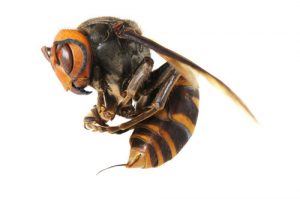Researchers in London have devised a robotic surgical system that emulates the anatomy of wood-boring wasps. This system is used in spectroscopy to detect cancerous and diseased tissue. The prototype needle, based on the wasp, is a bendable needle-like ovipositor that bores into wood to lay eggs and hides larvae.
The medical technology is designed with three tiny interlocking polymer shafts that slide along one another. The three shafts move in a pattern that helps minimize the impact the needle has on the surrounding tissue. The design also lets the needles travel with dexterity and enables it to access hard-to-reach areas such deep in the patient’s tissue.
Researchers at the Imperial College in London have utilized the device to deliver medications to tumors in the brain that have not responded to traditional treatments. The researchers believe it could also be used in brachytherapy, a procedure in which radioactive seeds are delivered to cancerous tumors. Laser ablation, which burns away cancerous tumors and deep brain stimulation to treat tremors related to disorders such as Parkinson’s Disease.
The robotic device has been adapted for drug delivery in neosurgery procedures. The robotic needle is mounted on a robotic arm, which is guided by a surgeon. It’s believed that clinical trials of the technology will begin in 2020.
Universe Kogaku designs and manufactures optical lenses for industrial, medical, high tech and electronic applications. Standard and custom lens assemblies for scanners, CCTV, CCD/CMOS, medical imaging, surveillance systems, machine vision and night vision systems.